The concept of private property holds a distinct place in the legal and cultural frameworks of both Europe and America. While rooted in similar philosophical traditions, the practical application and societal attitudes toward private land ownership differ significantly between these regions. From gated communities in the United States to centuries-old estates in the English countryside, private property remains a cornerstone of individual rights and economic systems.
Historical Foundations of Private Land Ownership
In Europe, the notion of private property evolved through feudalism, where land was tied to nobility and monarchies. Over centuries, enclosures and land reforms gradually transferred ownership to individuals, though many countries still maintain strong protections for historic family estates. The UK's strict trespassing laws or France's droit de propriété reflect this deep historical connection between land and identity.
By contrast, America's property traditions emerged from colonial settlement and the frontier mentality. The Homestead Acts symbolized the democratic ideal that land could be claimed and owned through labor. This created a culture where property boundaries were both fiercely defended and constantly expanding westward—a mentality that persists in modern debates about eminent domain and zoning laws.
The Architecture of Exclusion
Gated communities represent perhaps the most visible manifestation of private property culture in America. These walled neighborhoods with private security emerged prominently in the 1980s, offering residents controlled access and shared amenities. Studies suggest over 10% of U.S. households now reside in such communities, reflecting desires for safety and social homogeneity.
European equivalents tend to be more subtle but equally exclusionary. The British "private estate" model often involves historic walls or natural barriers rather than overt gates. In Mediterranean countries like Spain, high-walled fincas with electronic gates demonstrate how traditional architecture adapts to modern security concerns while maintaining aesthetic harmony with the landscape.
Legal Protections and Public Access Debates
America's "castle doctrine" laws provide extreme protections for homeowners, allowing lethal force against intruders in many states. This contrasts sharply with most European nations where proportionality requirements limit defensive actions. Norway's allemannsretten (everyman's right) even guarantees public access to uncultivated land—a concept unimaginable in U.S. property law.
Recent controversies highlight these cultural divides. When tech billionaires buy up Hawaiian islands or British aristocrats block ancient footpaths, public backlash reveals competing values between absolute ownership rights and communal access traditions. The pandemic-era surge in rural property purchases has further strained these tensions across both continents.
Environmental Considerations
Large private estates increasingly face scrutiny regarding environmental stewardship. In Scotland, rewilding projects on private lands have sparked debates about whether landowners should receive subsidies for ecological restoration. American ranchers clash with conservationists over grazing rights on federally owned but privately leased lands—a system virtually nonexistent in Europe.
The Dutch kavelruil (land parcel exchange) system demonstrates an alternative approach, where farmers voluntarily reorganize properties for ecological efficiency. Such cooperative models struggle to gain traction in America's more individualistic property culture, though conservation easements have become popular among wealthy landowners on both continents.
Future Challenges
Urban housing shortages are forcing reevaluations of private property norms. Berlin's attempted expropriation of corporate landlords and California's battles over accessory dwelling units represent opposite approaches to the same crisis. As younger generations face permanent exclusion from property ownership, even sacred concepts like single-family zoning face unprecedented challenges.
Technological changes add another layer. Drone surveillance of property boundaries, smart fence systems, and blockchain-based land registries may soon transform how ownership is defined and enforced. The cultural meanings attached to private land—whether as status symbol, ancestral heritage, or investment vehicle—will continue evolving alongside these technological and demographic shifts.
Ultimately, the story of private property in the West remains unfinished. What began as a means to secure individual liberty now confronts collective needs for sustainability, equity, and shared space. How Europe and America navigate these contradictions will shape landscapes and societies for generations to come.
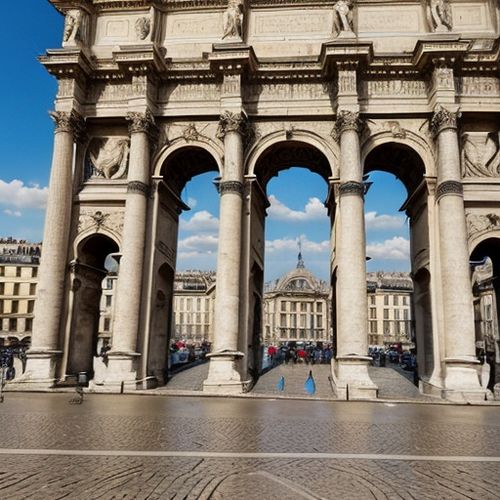
By Laura Wilson/Apr 14, 2025

By Joshua Howard/Apr 14, 2025

By John Smith/Apr 14, 2025

By George Bailey/Apr 14, 2025

By Thomas Roberts/Apr 14, 2025
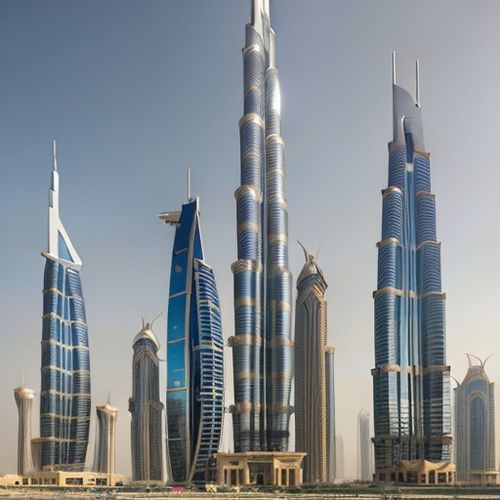
By Amanda Phillips/Apr 14, 2025
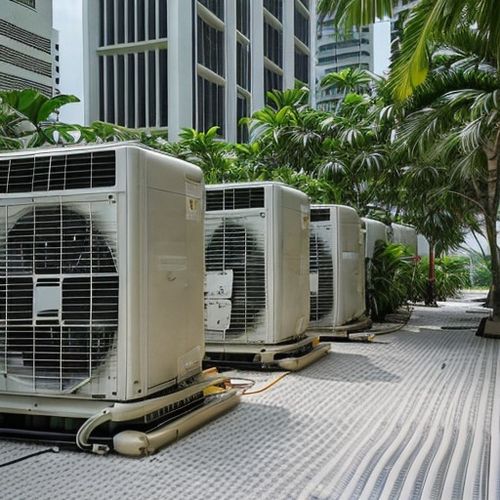
By Daniel Scott/Apr 14, 2025
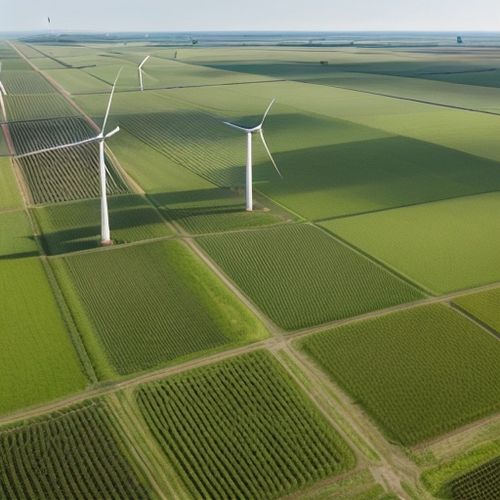
By John Smith/Apr 14, 2025
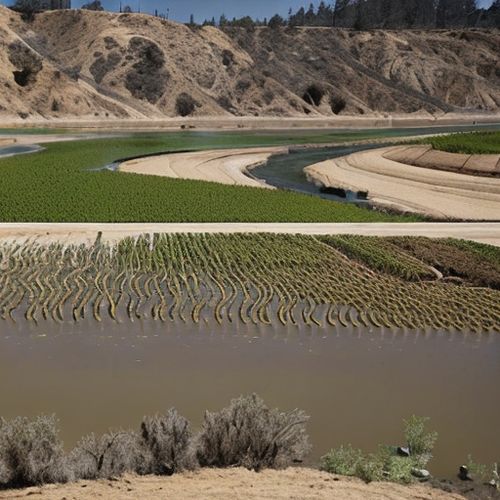
By Amanda Phillips/Apr 14, 2025
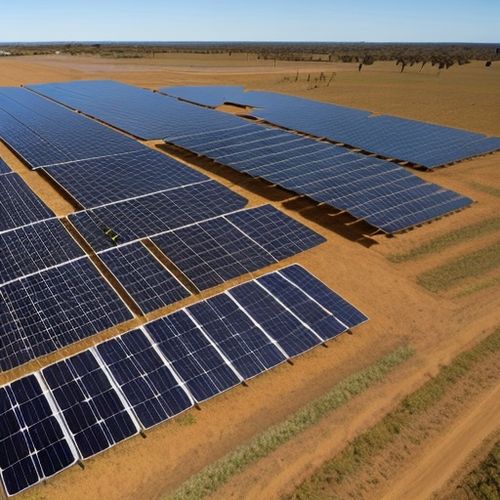
By Christopher Harris/Apr 14, 2025
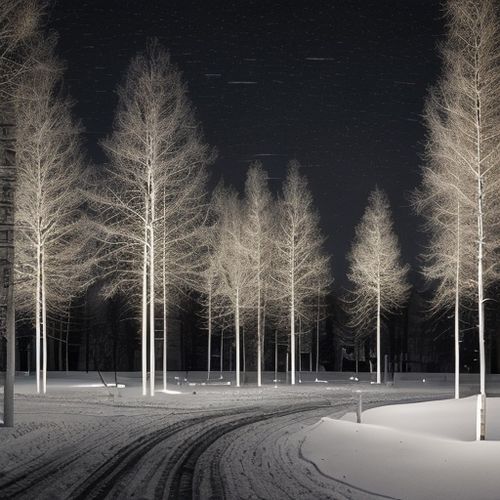
By Eric Ward/Apr 14, 2025

By Eric Ward/Apr 14, 2025

By David Anderson/Apr 14, 2025
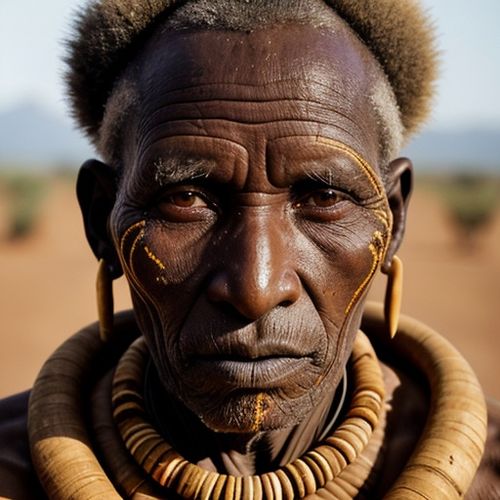
By Thomas Roberts/Apr 14, 2025
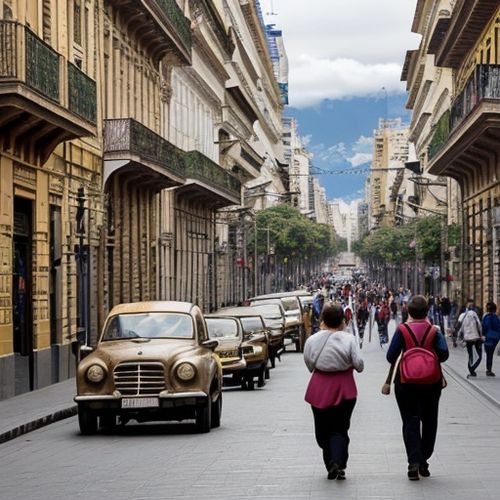
By Grace Cox/Apr 14, 2025
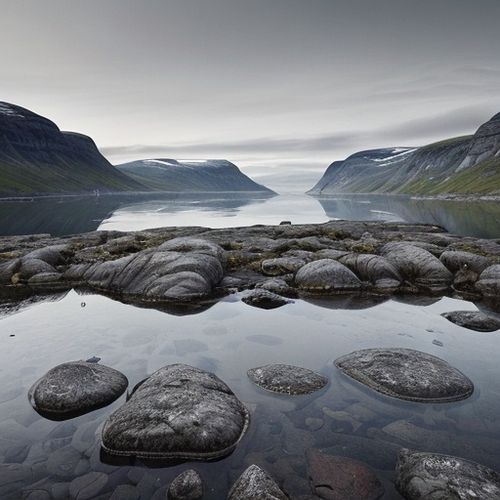
By George Bailey/Apr 14, 2025
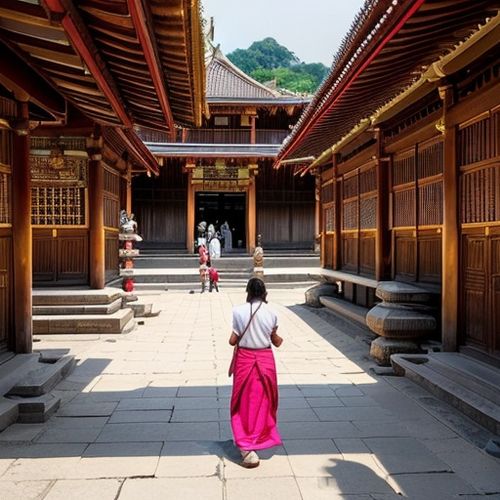
By Ryan Martin/Apr 14, 2025
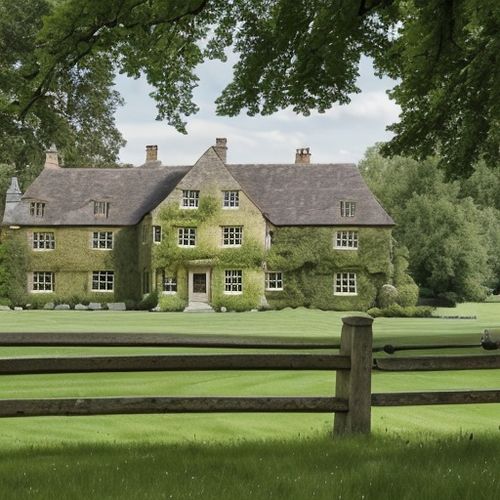
By Thomas Roberts/Apr 14, 2025
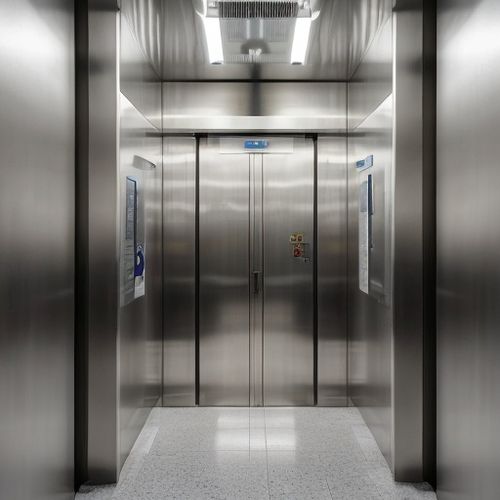
By Samuel Cooper/Apr 14, 2025

By Rebecca Stewart/Apr 14, 2025